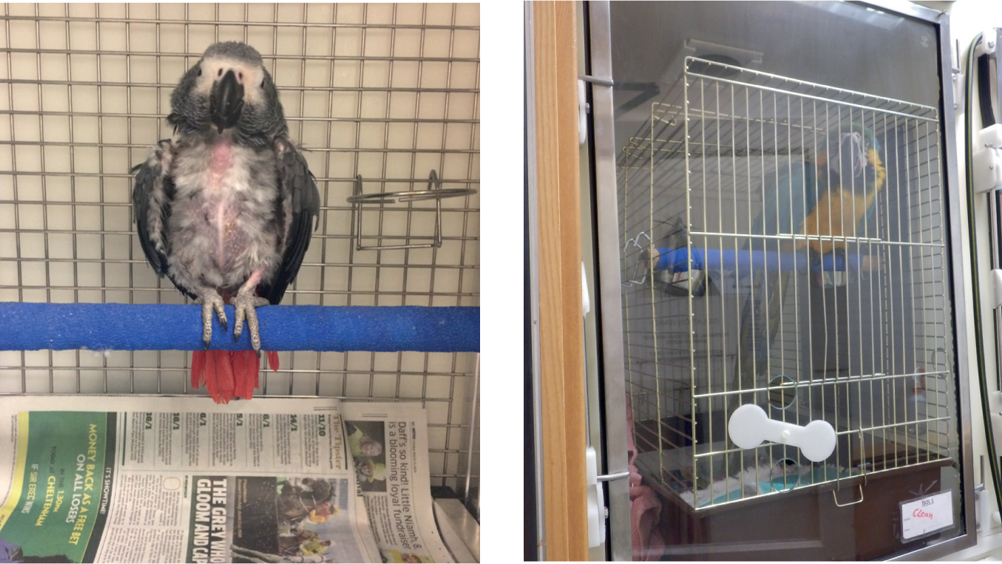How to nurse the avian patient

Abstract
This article provides an overview of the basic requirements for hospitalising and treating avian patients. These include species-specific considerations, transmissible disease considerations and insight into how to reduce stress in hospitalised birds. Proper handling techniques are discussed along with a brief overview of drug and fluid administration.
Birds are becoming a more popular pet as the number of people living in small houses or flats increase. Parrots can be very interactive and fun pets, which do not always need to be kept in a large area. Because of this parrot ownership is on the rise and parrots are presenting to veterinary clinics more often. As urban areas increase in size more wildlife is being affected by human interaction, leading to more wild birds presenting to veterinary clinics (Savard et al, 2000). It is important to understand the nursing considerations required for avian patients to enable clinics to be prepared for when a bird inevitably presents.
Parrots, waterfowl and birds of prey should be housed in different ways as they have different needs (Figures 1, 2 and 3). Parrots and birds of prey are arboreal species and they feel safer being housed as high as is safe and practical to do so. Waterfowl are more terrestrial species, which means that they should be housed on the ground. Parrots should be housed in a cage within a kennel as they like to climb about and move. Care should be taken to ensure that the cage is safe for the individual (suitable bar spacing and strength, a suitable size and made from suitable metals to include no zinc or lead involvement). Different sizes of parrot will require slightly different cages so there should be a variety available to cater for different species. The furniture in the cage should also be considered and, where required, some removed to aid the handling, catching and nursing of the patient during the stay. They should be able to climb from each end of the perch onto bars without having to juggle toys or furniture for their safety.
Register now to continue reading
Thank you for visiting The Veterinary Nurse and reading some of our peer-reviewed content for veterinary professionals. To continue reading this article, please register today.

